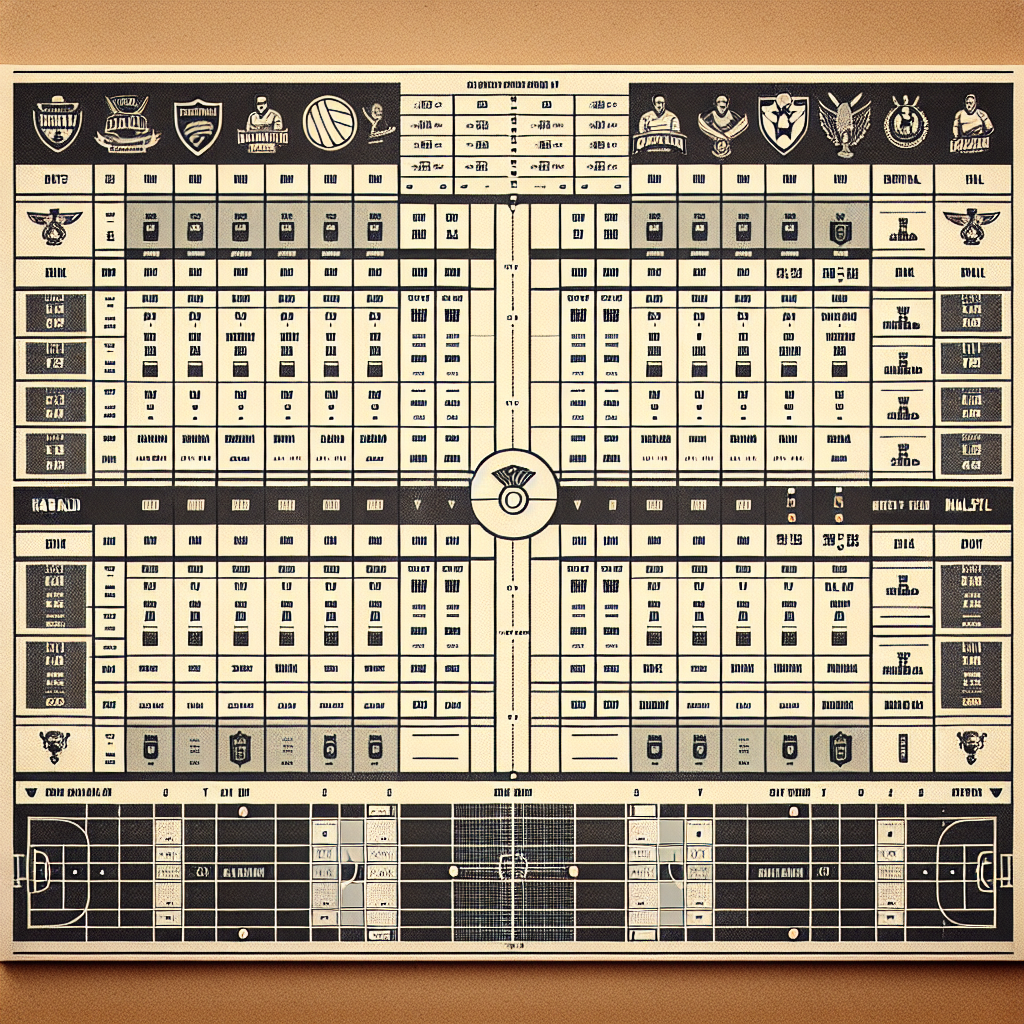Understanding the Difference Between Swing and Seam in Cricket

Cricket, a sport rich in tradition and technique, is often celebrated for its complexity and the skill required to master its various facets. Among the many nuances of the game, the art of bowling stands out as a critical component, with swing and seam bowling being two of the most intriguing techniques. While both are essential for a bowler’s arsenal, they differ significantly in execution and effect. This article delves into the differences between swing and seam bowling, providing a comprehensive understanding of each technique, supported by examples, case studies, and statistics.
What is Swing Bowling?
Swing bowling is a technique that involves the lateral movement of the cricket ball in the air. This movement is caused by the aerodynamic properties of the ball and is influenced by factors such as the condition of the ball, the bowler’s grip, and the atmospheric conditions. Swing bowling can be further categorized into two types: conventional swing and reverse swing.
Conventional Swing
Conventional swing occurs when the ball moves in the air due to the difference in air pressure on either side of the ball. This is achieved by maintaining one side of the ball shiny and the other rough. The shiny side cuts through the air faster, causing the ball to swing towards the rough side.
- Inswing: When the ball swings towards the batsman, it is known as inswing. This is achieved by keeping the shiny side of the ball on the leg side of a right-handed batsman.
- Outswing: Conversely, when the ball swings away from the batsman, it is called outswing. Here, the shiny side is kept on the off side of a right-handed batsman.
Reverse Swing
Reverse swing is a more advanced technique that occurs when the ball is older and rougher. Unlike conventional swing, reverse swing causes the ball to move in the opposite direction of what is expected. This can be particularly challenging for batsmen to face, as the ball swings late and unpredictably.
What is Seam Bowling?
Seam bowling, on the other hand, focuses on exploiting the seam of the cricket ball. The seam is the stitched area that runs around the circumference of the ball. Seam bowlers aim to hit the seam on the pitch, causing the ball to deviate off the surface. This deviation can be unpredictable and difficult for batsmen to handle.
Seam Movement
Seam movement is primarily dependent on the condition of the pitch and the skill of the bowler. A well-maintained seam can grip the surface of the pitch, causing the ball to move either in or out after pitching. This movement is often subtle but can be highly effective in creating opportunities for dismissals.
Key Differences Between Swing and Seam Bowling
While both swing and seam bowling aim to deceive the batsman, they differ in several key aspects:
- Mechanism: Swing relies on air movement and the condition of the ball, while seam depends on the pitch and the seam’s interaction with it.
- Conditions: Swing is more effective in humid and overcast conditions, whereas seam bowling thrives on pitches with grass or moisture.
- Ball Condition: Swing requires a shiny ball for conventional swing and a rougher ball for reverse swing. Seam bowling can be effective with both new and old balls.
- Execution: Swing involves altering the grip and wrist position, while seam bowling focuses on maintaining a consistent seam position.
Case Studies: Masters of Swing and Seam
Swing Bowling Legends
Several bowlers have mastered the art of swing bowling, leaving a lasting impact on the game:
- Wasim Akram: Known as the “Sultan of Swing,” Akram was renowned for his ability to swing the ball both ways, often with devastating effect.
- James Anderson: England’s leading wicket-taker in Test cricket, Anderson’s mastery of swing bowling has made him a formidable opponent in all conditions.
Seam Bowling Icons
Seam bowlers have also made significant contributions to cricket, with some becoming legends in their own right:
- Glenn McGrath: Known for his impeccable line and length, McGrath’s ability to extract seam movement made him one of the most successful bowlers in history.
- Vernon Philander: Philander’s skill in exploiting seam conditions has earned him a reputation as one of the most effective seam bowlers of his generation.
Statistics and Impact
The impact of swing and seam bowling can be quantified through various statistics. For instance, James Anderson’s ability to swing the ball has contributed to his impressive tally of over 600 Test wickets. Similarly, Glenn McGrath’s seam bowling prowess helped him secure 563 Test wickets, making him one of the most successful fast bowlers in history.
According to a study by CricViz, swing bowlers have a higher average wicket-taking ability in overcast conditions, while seam bowlers excel on pitches with grass cover. This highlights the importance of understanding and adapting to different conditions to maximize effectiveness.
Conclusion
In conclusion, swing and seam bowling are two distinct yet complementary techniques that add depth and variety to a bowler’s repertoire. While swing bowling relies on the aerodynamic properties of the ball and atmospheric conditions, seam bowling focuses on exploiting the pitch and the seam’s interaction with it. Both techniques have produced legendary bowlers who have left an indelible mark on the game. Understanding the differences between swing and seam bowling not only enhances appreciation for the sport but also provides valuable insights for aspiring cricketers looking to refine their skills.
As cricket continues to evolve, the art of swing and seam bowling will remain integral to the game’s rich tapestry, challenging batsmen and captivating audiences worldwide.




